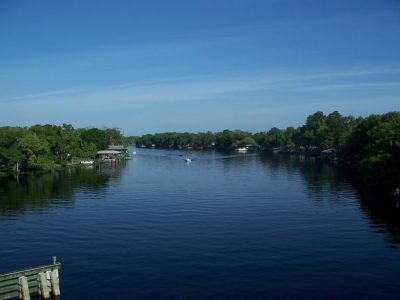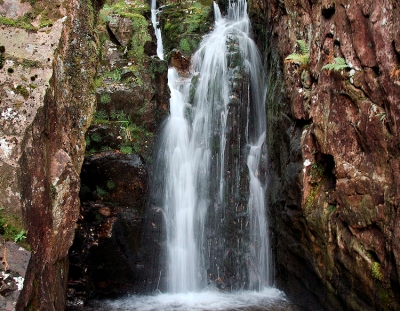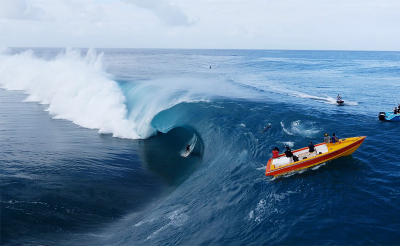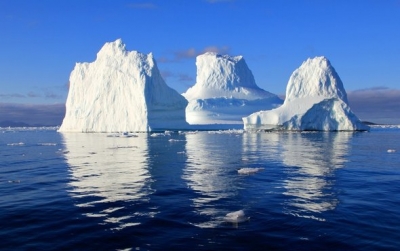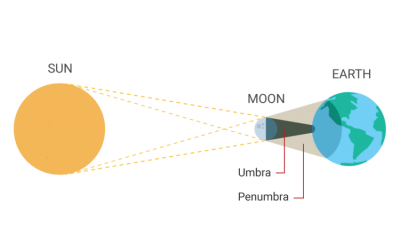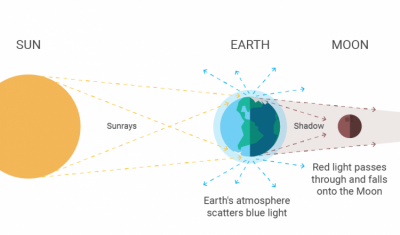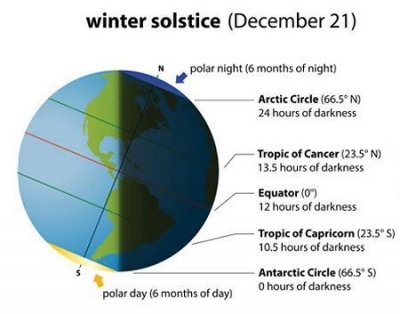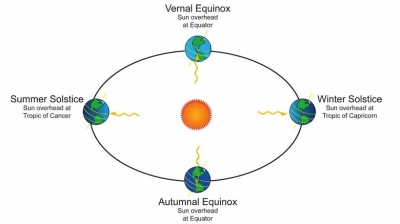When do monsoons occur?
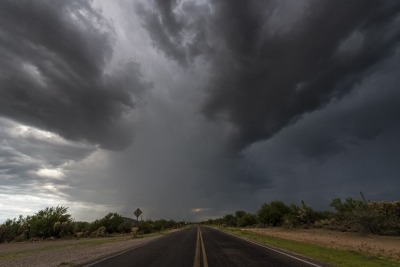
A monsoon is a season of very heavy rain falling is tropical countries. Monsoons are most common near the Equator. They occur when seasonal winds spring up carrying moist air in from the sea. Important crops such as rice depend entirely on the monsoon season to provide the right growing conditions.
If the monsoon rains fail, famine often follows. There are also some special winds called monsoon winds. These are winds that change their direction with the season. In India, the monsoons blow south as hot, dry winds in the wintertime, and blow north in the summer, bringing heavy rainfall.
Fact File: The Aborigines believe that if a possum is left cooking by the water’s edge, a sizzling sound is produced. The noise irritates the rainbow snake, who they believe crawls underground towards the source of the noise. As it moves along, the weather turns stormy, and the monsoon rains begin. |
Picture Credit : Google
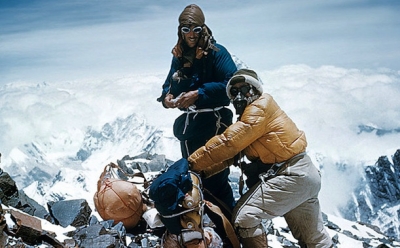
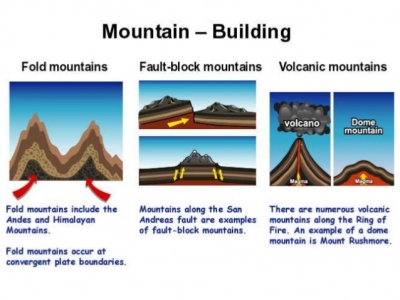
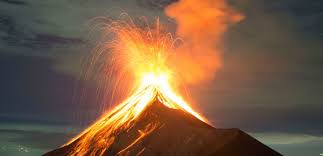
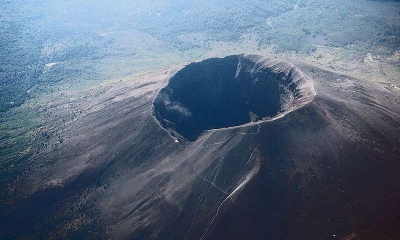
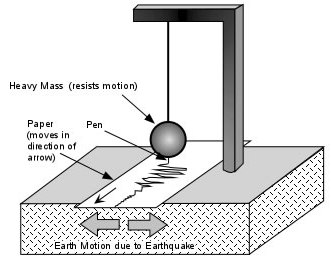
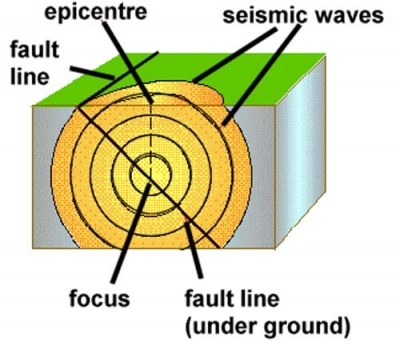 Our planet is a very restless place. Every 30 seconds, the ground suddenly rumbles and trembles. Most of the movements are so slight that they are not felt. Others can be so large they cause complete disaster. Big cracks appear in the land, streets buckle and buildings simply crumble. In fact whole towns and cities can be destroyed. These are called earthquakes and the reason they occur is because the Earth’s crust is made up of moving parts called plates. When these plates slide past or into each other, the rocks jolt and send our shock waves.
Our planet is a very restless place. Every 30 seconds, the ground suddenly rumbles and trembles. Most of the movements are so slight that they are not felt. Others can be so large they cause complete disaster. Big cracks appear in the land, streets buckle and buildings simply crumble. In fact whole towns and cities can be destroyed. These are called earthquakes and the reason they occur is because the Earth’s crust is made up of moving parts called plates. When these plates slide past or into each other, the rocks jolt and send our shock waves.